Discover 11 hidden attractions, cool sights, and unusual things to do in Llandudno (United Kingdom). Don't miss out on these must-see attractions: Kendrick's Cave, Great Orme, and Little Orme. Also, be sure to include Llandudno Pier in your itinerary.
Below, you can find the list of the most amazing places you should visit in Llandudno (Wales).
Table of Contents
Kendrick's Cave
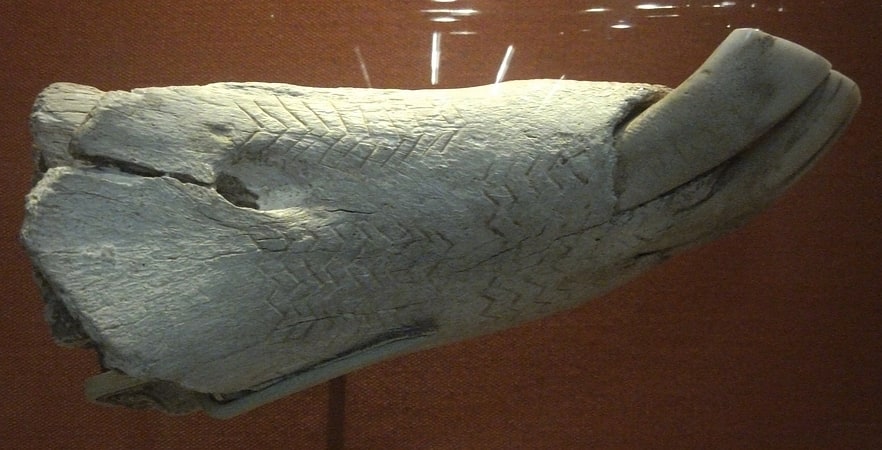
Kendrick's Cave on the Great Orme, Llandudno, Wales, was the site of important archaeological finds by Thomas Kendrick in 1880. The site is a small natural cavern on the south of the Great Orme Head, a limestone massif on the seaward side of Llandudno.
Kendrick, a lapidary, was clearing a cave in his garden to extend his workshop. In the process he found a decorated horse jaw, flint artefacts, bear teeth with holes for use as beads or pendants and human and animal bones.
An analysis of the human bones found shows that they had a diet high in seafood and the presence of the bones has been taken to indicate that the cave was a burial site rather than a camp site. A recent research project involving with the British Museum, the Field Club, Llandudno Museum and Archives, Llandudno and Colwyn Bay Historical Society, the National Museum of Wales, and Oxford and Bradford Universities has reunited the once dispersed finds from the cave.[1]
Great Orme
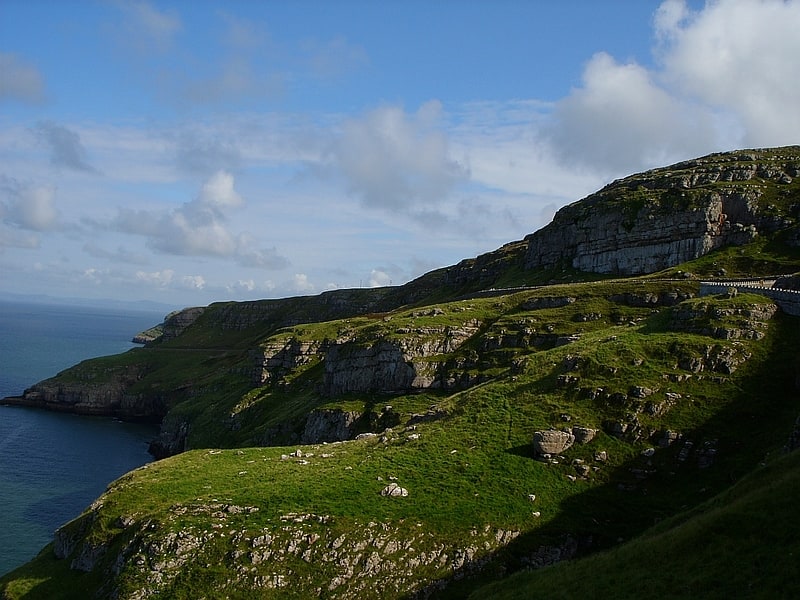
Headland in Wales. The Great Orme is a limestone headland on the north coast of Wales, north-west of the town of Llandudno. Referred to as Cyngreawdr Fynydd by the 12th-century poet Gwalchmai ap Meilyr, its English name derives from the Old Norse word for sea serpent. The Little Orme, a smaller but very similar limestone headland, is on the eastern side of Llandudno Bay.[2]
Address: Pyllau Rd, LL30 2XG Llandudno
Little Orme
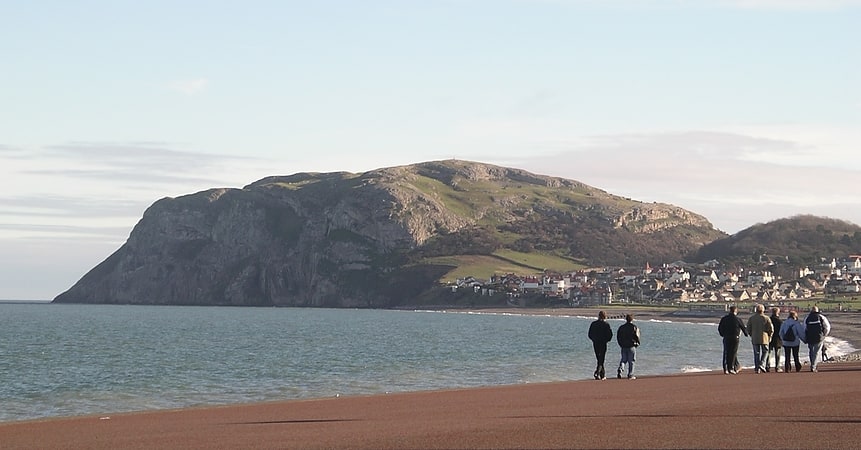
The Little Orme is 141 metres in height, and is a HuMP. It is one of two headlands situated at either end of Llandudno Bay, in Conwy County Borough, Wales. The other, larger, headland is the Great Orme. It has two summits, the higher with a trig point.[3]
Llandudno Pier

Tourist attraction in the United Kingdom. Llandudno Pier is a Grade II* listed pier in the seaside resort of Llandudno, North Wales, United Kingdom. At 2,295 feet, the pier is the longest in Wales and the fifth longest in England and Wales. In 2005, was voted "Pier of the Year 2005" by the members of the National Piers Society.
At the end of the pier is a deep-water landing stage, completely rebuilt for the third time in 1969, which is used by the Isle of Man Steam Packet Company for occasional excursions to Douglas, Isle of Man, and for an annual visit of the PS Waverley or the MV Balmoral preserved steamers. The June 2007 sailings of the Balmoral were rescheduled to start at Menai Bridge Pier, after it emerged that Llandudno Pier's Landing Stage was no longer safe to use. The Landing Stage was rebuilt in 2012 and the MV Balmoral called there, the first ship since 2006, on 2 July 2015. In the present day the landing stage is no longer used for steamers but has its use as a platform for anglers to fish off the end of the pier and is not accessible to the general public.[4]
Address: The Promenade, L L30 Llandudno
Llandudno Town Hall
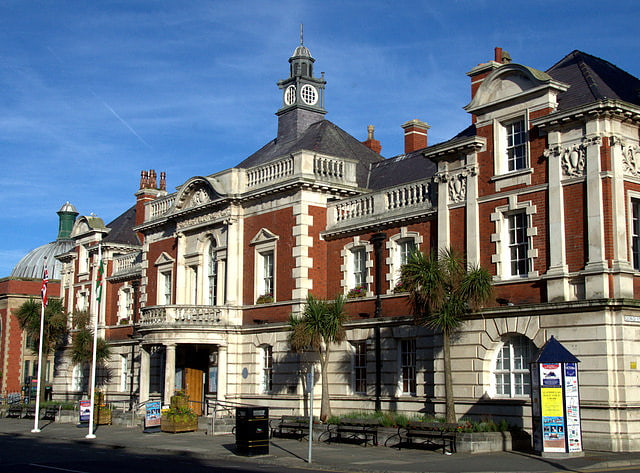
City or town hall in Llandudno, Wales. Llandudno Town Hall is a municipal structure in Lloyd Street, Llandudno, Wales. The town hall, which serves as the meeting place of Llandudno Town Council, is a Grade II listed building.[5]
Mostyn Gallery
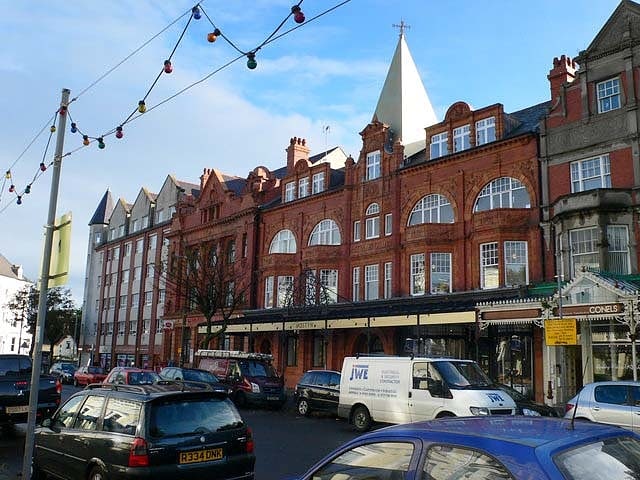
Modern art venue with gold spire . Mostyn is a public art gallery in Llandudno, North Wales. It was previously called Oriel Mostyn but was rebranded as simply Mostyn following its 2010 revamp.[6]
Address: Vaughan St, LL30 1AB Llandudno
Venue Cymru
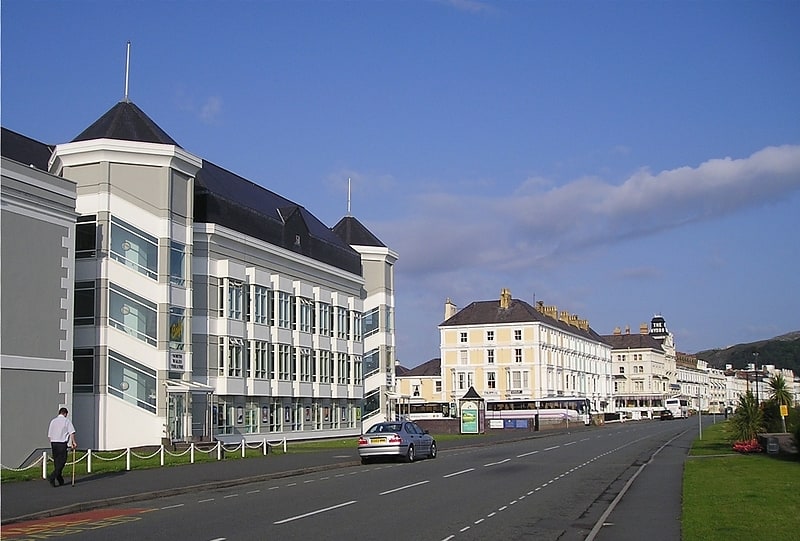
Theatre in Llandudno, Wales. Venue Cymru is a theatre, conference centre and arena in Llandudno, Conwy County Borough, North Wales. Formerly known as the Aberconwy Centre and the North Wales Theatre and Conference Centre, it is now a large arts, conference and events venue. Venue Cymru has a theatre, conference centre, and arena.[7]
Address: Irving Road, LL30 1BB Llandudno
Bronze Age Copper Mines

Headland in Wales. The Great Orme is a limestone headland on the north coast of Wales, north-west of the town of Llandudno. Referred to as Cyngreawdr Fynydd by the 12th-century poet Gwalchmai ap Meilyr, its English name derives from the Old Norse word for sea serpent. The Little Orme, a smaller but very similar limestone headland, is on the eastern side of Llandudno Bay.[8]
Address: Pyllau Rd, LL30 2XG Llandudno
Home Front Museum
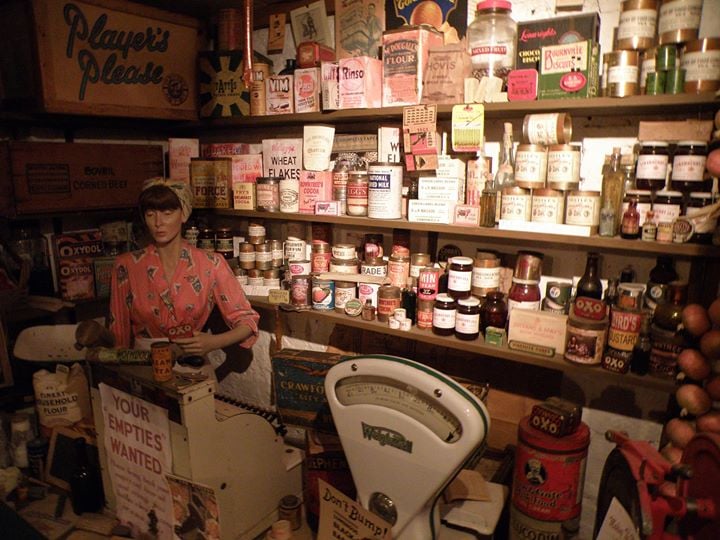
Specialty museum, Museum
Address: New St, LL30 2YF Llandudno
Llandudno Museum
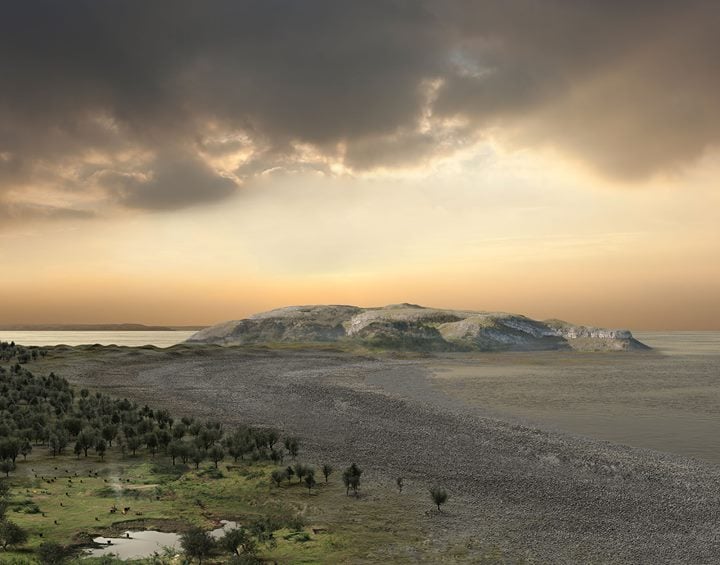
Specialty museum, History museum, Museum
Address: Gloddaeth St, LL30 2DD Llandudno
Gloddaeth Hall
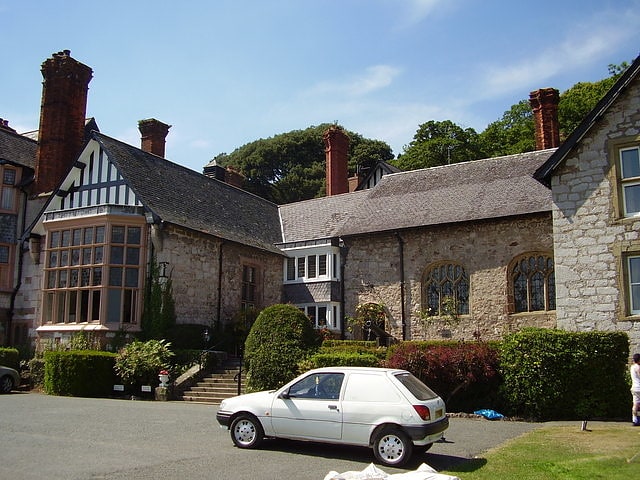
Building in the United Kingdom. Gloddaeth Hall originated as a large country house in Llandudno, Caernarfonshire, Wales. It is designated by Cadw as a Grade I listed building. It stands on land which had been owned by the Mostyn family since the 15th century. The core of the building is a 16th century hall and two storey solar block, built of stone rubble with freestone dressings. There are gabled stone slate roofs. The hall is open to the hammer beam roof. The lower room of the solar has 16th century panelling, the upper 17th century panelling. A wing to the east was added around 1700.
In the 19th century, further additions were made to the building by William Nesfield, and by John Douglas, who designed a new west wing for Augusta, Lady Mostyn in 1889.
A 17th century dovecote remains. Some elements of the formal gardens to the south-east may also be 17th century.
The hall now forms part of St David's College, a mixed sex independent boarding and day school for pupils aged 9–19.[9]